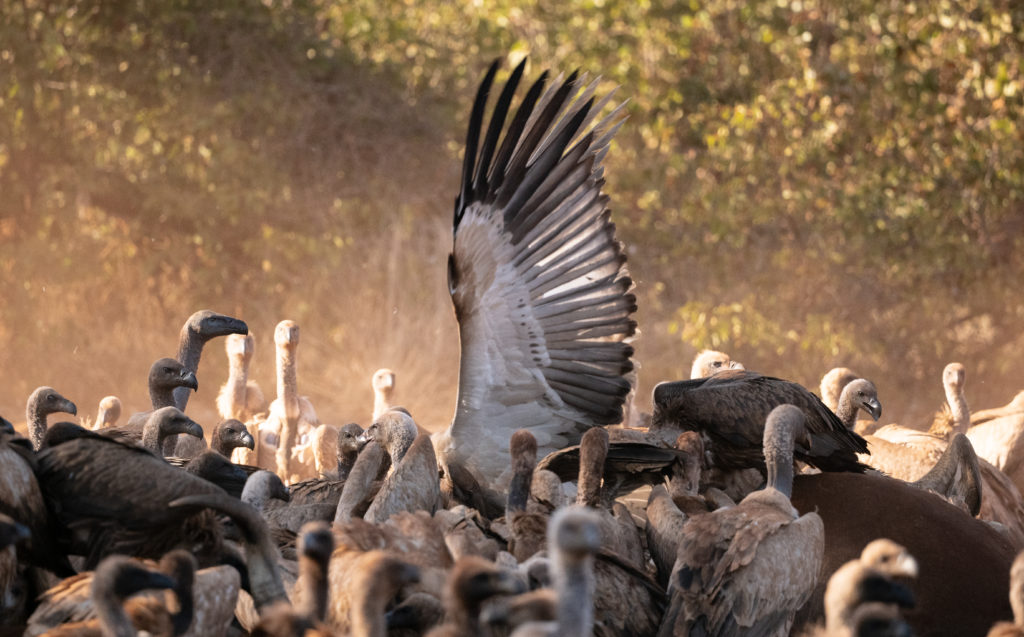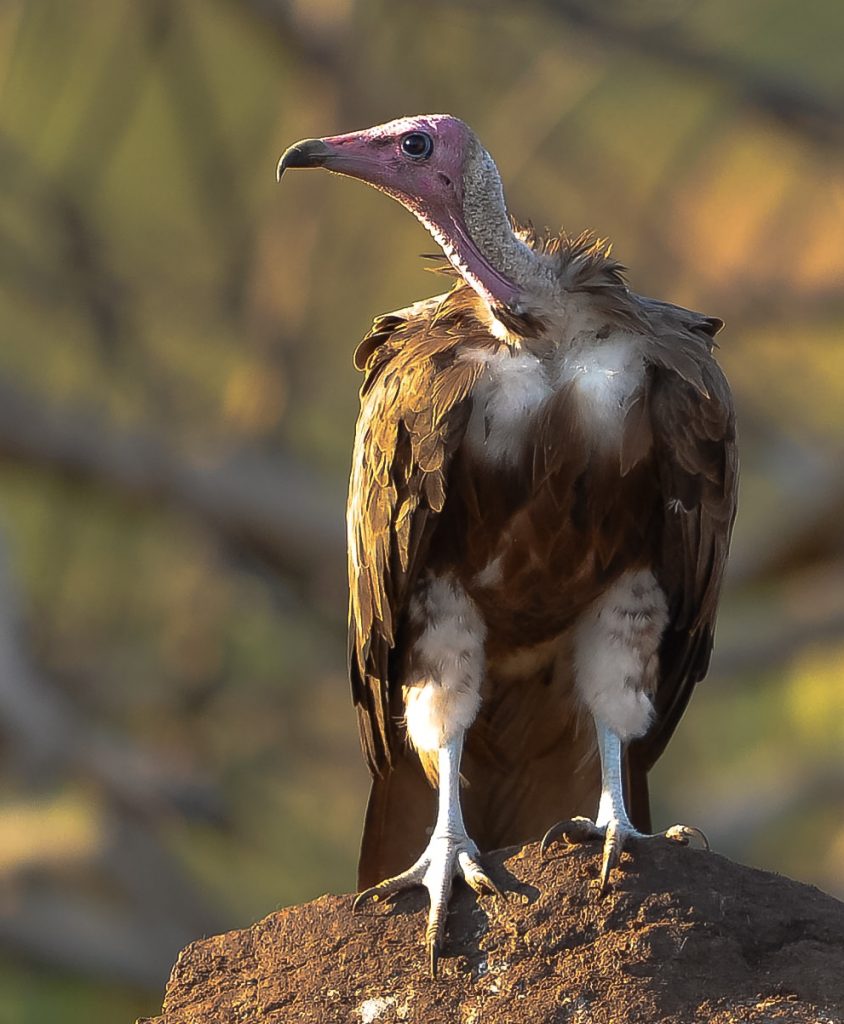At the heart of the Selati Wilderness Foundation’s conservation mission is the Vulture Safe Zone project. This project is an initiative that underscores the importance of vultures, not just as fascinating creatures, but also as crucial participants in our ecosystem.
Vultures perform a vital ecological role as nature’s clean-up crew. They help prevent the spread of zoonotic diseases like rabies and anthrax by consuming carrion, which is a large portion of their diet. Furthermore, they are critical players in nutrient cycling, and hold cultural and economic significance, often becoming star attractions for eco-tourism.
Sadly, over the past three decades, the populations of five species of African vultures have drastically declined, leading them to be classified as critically endangered, while others are categorised as endangered. The primary threats to these populations are poisoning, capture for cultural practices, and collisions with electrical infrastructure such as power lines and wind turbines.


The EWT’s Birds of Prey Programme (BOPP) Vulture Safe Zone project is endeavouring to create Vulture Safe Zones in both the Lowveld and the Karoo. Their research will cover a large area that is vital for nesting and foraging for vultures. Keeping in mind that vultures have very large home-ranges, the vultures we are seeing on Selati could come from as far away as KZN, Eswatini, Namibia, Botswana or Zimbabwe! The Vulture Safe Zones aim to remove the threats to vultures in these areas. In the Lowveld, which is a vulture poisoning hotspot (Gore, Hubschle, Botha, et al, 2020), we are focusing on the threat of poisoning.
Our focus in the Lowveld, a known hotspot for vulture poisoning, is to eliminate this significant threat. In pursuit of this goal, sixteen Selati staff members participated in a Poison Intervention Training course in April 2021. They learned about the reasons behind poison use, the risks associated with it, the signs of poisoning in mammals and birds, and the necessary steps to take upon encountering a wildlife poisoning scene. Annual refresher courses are planned to keep this essential knowledge current and top of mind.
The reserve has also been home to a vulture restaurant. While these ‘restaurants’ provide a safer food source for vultures, there is however no guarantee that they won’t consume tainted carrion from elsewhere. Nonetheless, these feeding stations are excellent locations for research and tagging, offering valuable insights into vulture movement and mortality causes.
Vultures that can be seen on Selati include Hooded, White-backed, Cape, White-headed, and Lappet-faced vultures. All of these, except for the Cape Vulture, nest in trees.We are eager to integrate Selati into the Lowveld Vulture Safe Zone. Our first step in this direction will be Phase I, which involves a comprehensive evaluation of potential threats to vultures on the reserve. Subsequent to that, Phase II will focus on mitigating and ideally eliminating these threats. With these measures in place, we hope to contribute significantly to the conservation of these crucial creatures.